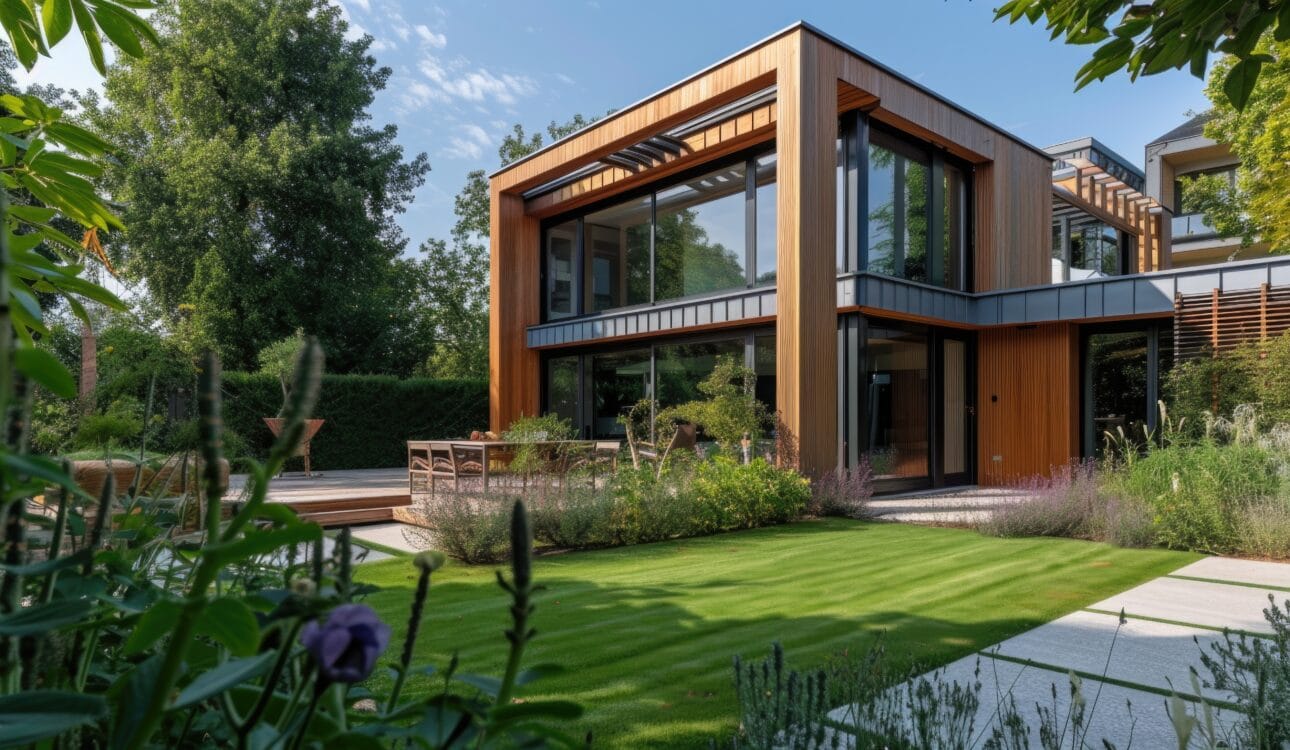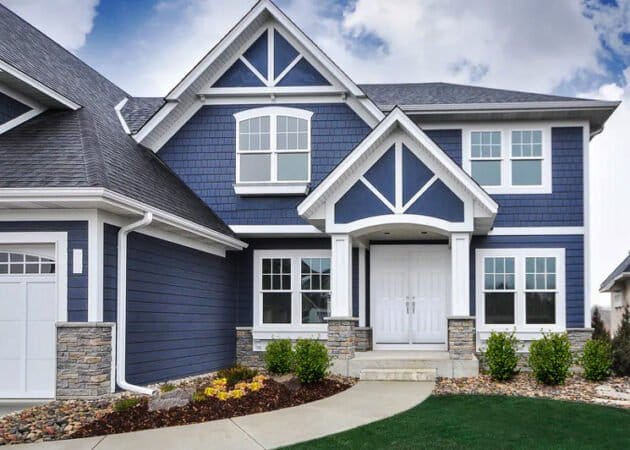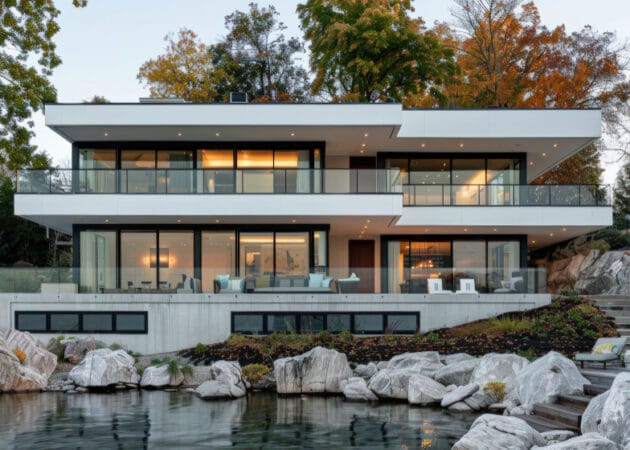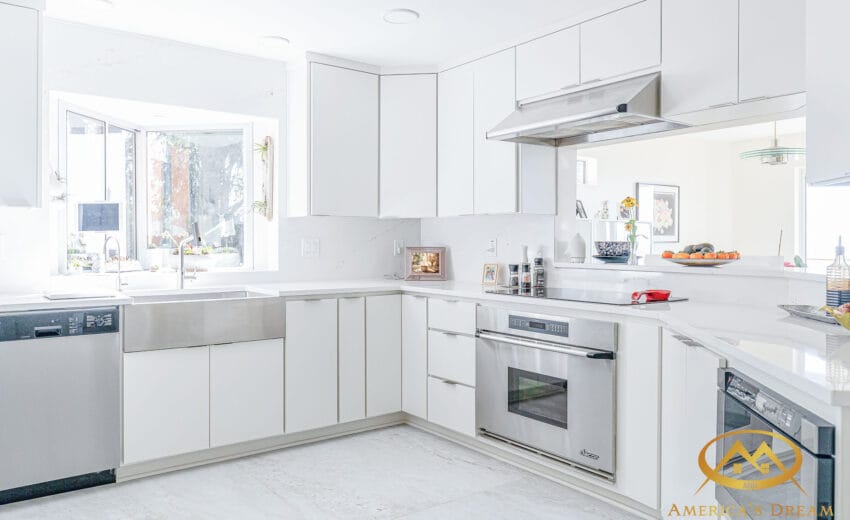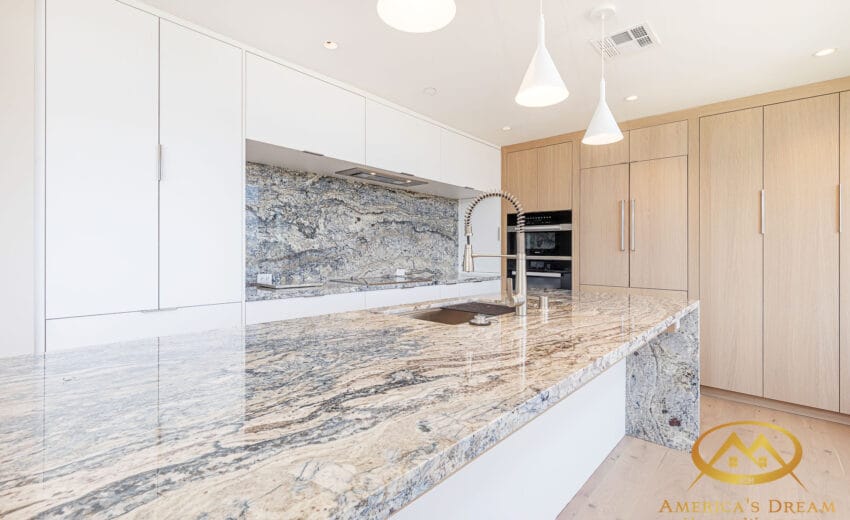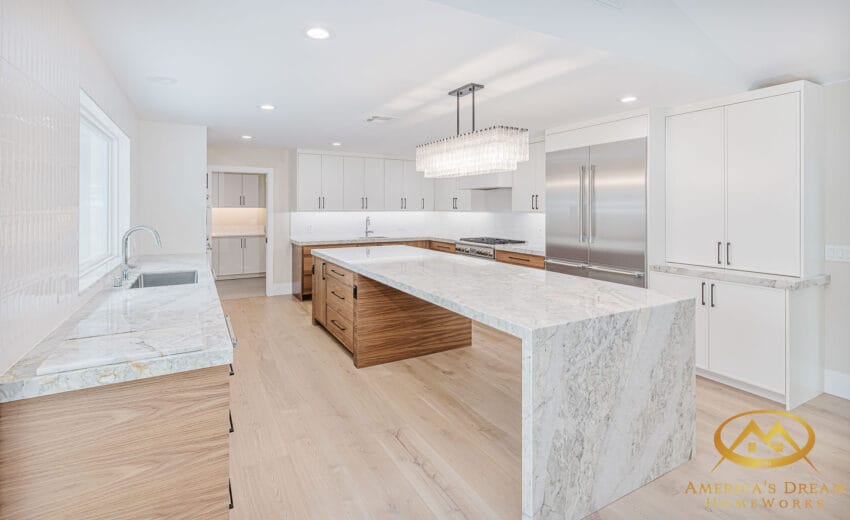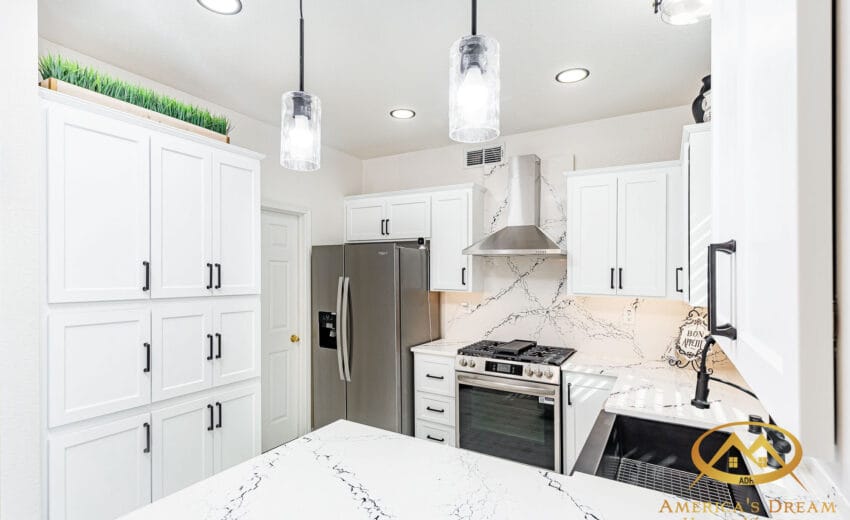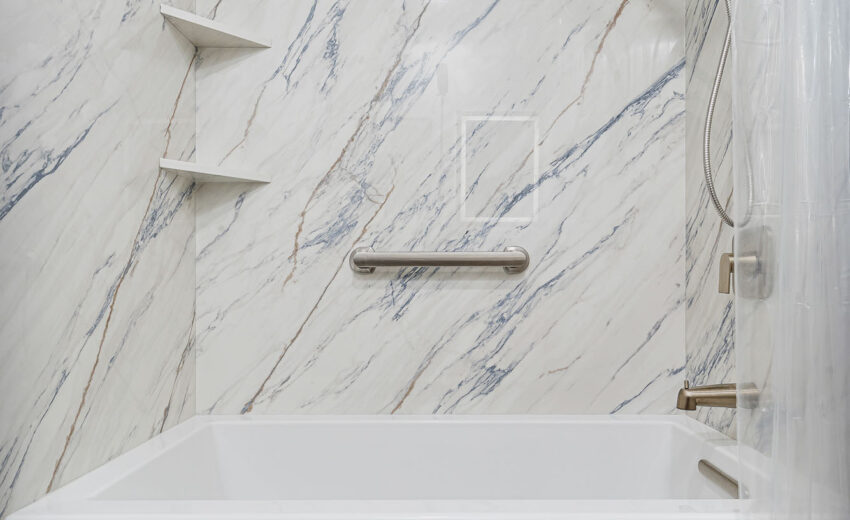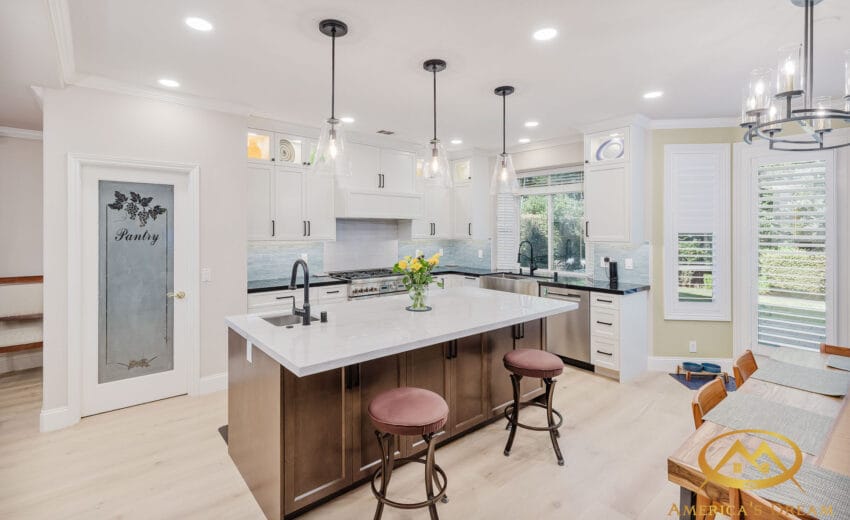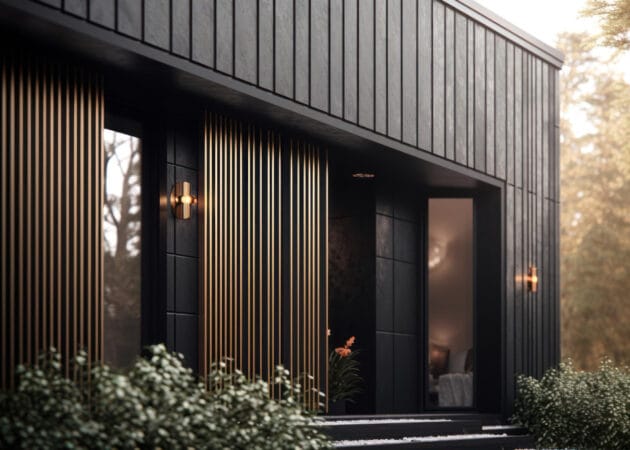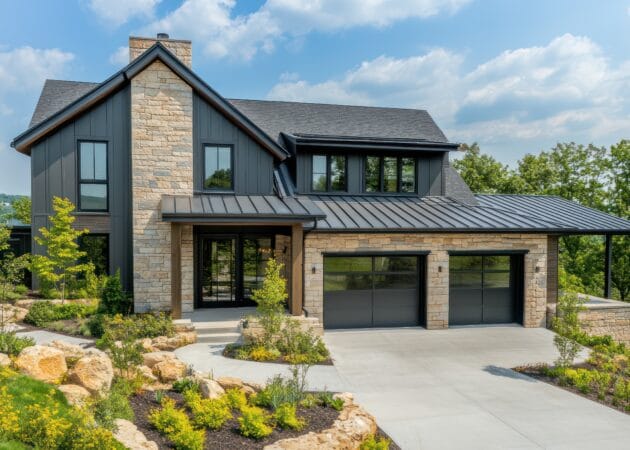Planning a renovation on a budget? Good. Planning a renovation without a budget? Not so good.
I’ve been there—walking into a “simple project” that suddenly involves electrical rewiring, a surprise raccoon guest, and someone insisting the marble backsplash is a “need,” not a want.
So let’s get smart. Here’s your no-fluff, Scott McGillivray–approved FAQ guide to planning a budget-friendly home renovation—with real numbers, smart strategies, and just enough sarcasm to keep it fun.
❓FAQ #1: Do I really need a budget, or can I just “see how it goes”?
Answer: Only if you’re into financial cliff diving.
A renovation without a budget is like grocery shopping blindfolded. You’ll either forget the essentials or end up with 11 pounds of brie.
✅ Pro Tip:
Set your total budget. Then allocate:
50–60% to materials and labor
10–15% for permits and inspections
15–20% for “oh no” surprises
The rest for design elements and upgrades
💬 Scott Says: Budgeting isn’t about being cheap—it’s about being in control.
❓FAQ #2: What’s the most important area to renovate on a tight budget?
Answer: Kitchens and bathrooms offer the best ROI—up to 70–80% on resale. But start with what bothers you most day-to-day.
Hate your 1970s kitchen? Start there.
Have avocado green bathroom tile? Also fair.
Think your garage “has potential”? Save that for season 2.
❓FAQ #3: Is DIY a great way to save money or a great way to end up on YouTube?
Answer: Both.
If you’ve never used a miter saw, now’s not the time to start custom crown molding. But painting? Demolition (safely)? Installing cabinet hardware? Absolutely.
✅ Scott’s Rule: DIY where it makes sense. Hire professionals for:
Electrical
Plumbing
Structural changes
Anything that involves a permit, ladder, or liability
🎯 Bonus Tip: Want a pro look? Focus on clean lines and quality finishes, not costly features.
❓FAQ #4: How do I avoid surprise costs that blow my budget?
Answer: You don’t avoid surprises—you plan for them.
Behind every wall lies a mystery: mold, old wiring, or someone’s strange DIY past. (Shout-out to the guy who used duct tape instead of pipe glue.)
✅ Build in a 15–20% contingency. If you don’t need it—great! Use it for upgrades or keep it in your pocket.
🧠 Smart Move: Do a pre-reno inspection to identify red flags early. It’s like reading the fine print before signing your life away.
Check Our Recent Projects
❓FAQ #5: Is it cheaper to renovate in phases or all at once?
Answer: Depends on your patience (and your bank account).
Renovating in phases feels cheaper, but can cost more in the long run due to repeat labor costs, permit renewals, and multiple mobilizations of trades.
🛠️ Renovate all at once if:
You have the full budget ready
You can move out temporarily
You enjoy fewer interruptions
🧹 Phase it if:
You want to minimize debt
You’re living in the home during renos
You’re emotionally attached to your sanity
❓FAQ #6: How do I find affordable, reliable contractors?
Answer: Ask. Interview. Verify.
You want someone who shows up on time, returns your calls, and doesn’t vanish after deposit day.
✅ Ask for:
Proof of license and insurance
References (yes, actually call them)
Clear written quotes and payment schedules
Photos of previous jobs (no “trust me, bro” vibes)
🎯 McGillivray Tip: Choose based on value, not just price. The cheapest contractor often becomes the most expensive mistake.
❓FAQ #7: What can I do to make my reno look expensive—without spending big?
Answer: It’s all in the finishes.
Here’s where affordable meets “designer-on-a-mission”:
Use matte black or brass hardware—they elevate instantly
Go for luxury vinyl plank instead of hardwood
Paint with modern neutrals (goodbye, beige-beige)
Upgrade light fixtures—yes, that boob light has got to go
💡 Scott’s Style Rule: It’s not about more, it’s about better choices.
Final Word: Renovation Is an Investment—Not a Gamble
A well-planned, budget-friendly renovation adds value, improves function, and makes you love your home again—without draining your savings or spirit.
So start small. Stay smart. Laugh at the setbacks. And remember: when things go sideways, the best tool you can have is a good attitude (and maybe a backup contractor).
✅ Call to Action:
Need help planning a renovation that looks expensive but plays smart? Our team specializes in budget-friendly home makeovers with high ROI—just like Scott would recommend. Schedule your free consult today, and let’s turn your renovation goals into reality (without the chaos).
